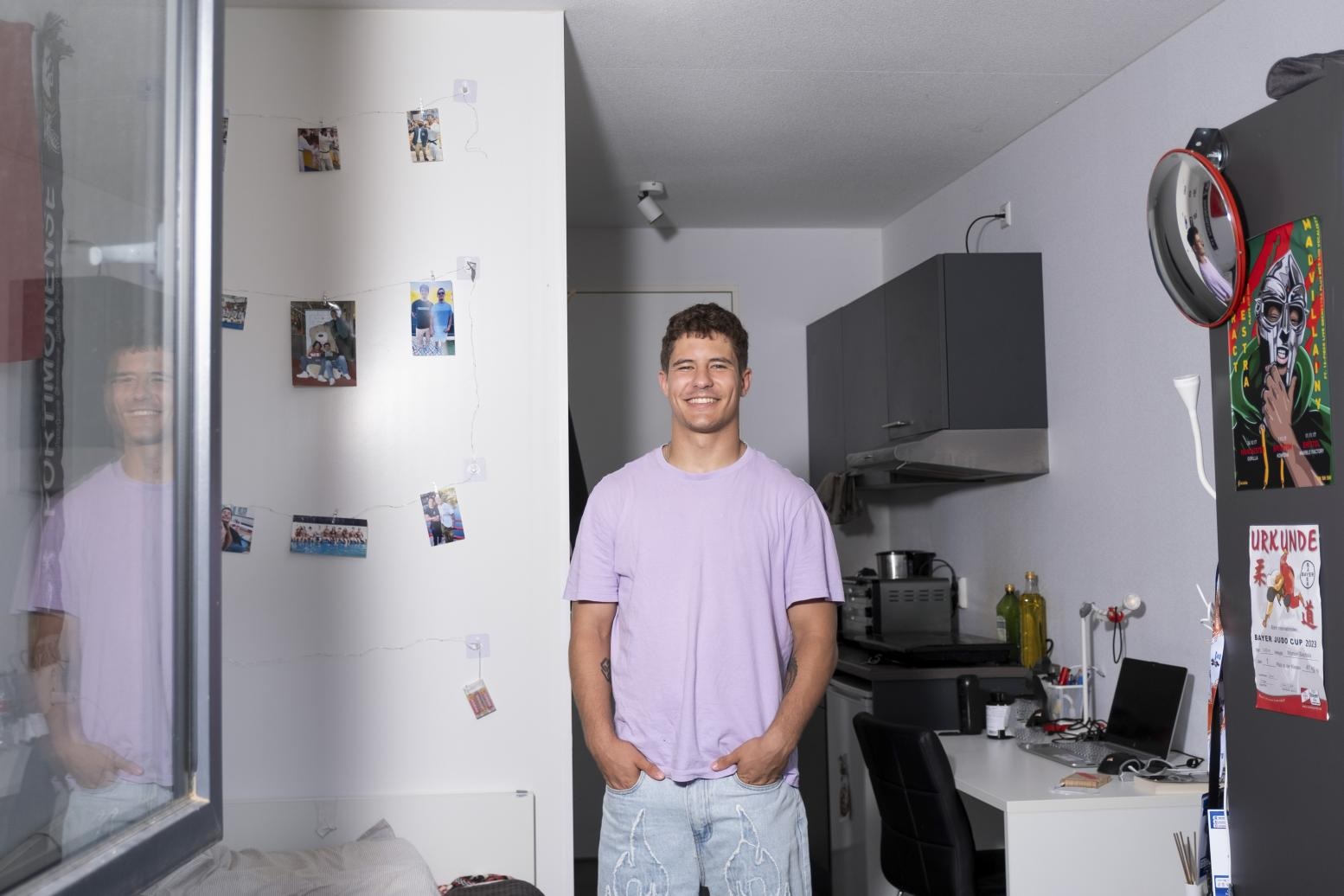Valorisation Award 2016 for dr. Bart Spronck
A jury consisting of Nick Bos, Prof Marja van Dieijen-Visser, Prof Jan Cobbenhagen, Theo Thuis, and Gerda Baltis-Paridaen selected Bart Spronck as the recipient of the Valorisation Award 2016, handed out during the Maastricht University Dinner.
Spronck received his PhD in 2016 for his dissertation entitled 'Stiff vessels approached in a flexible way: Advancing quantification and interpretation of arterial stiffness'. He currently works as a postdoctoral researcher within the research team led by Professor Alberto Avolio at Macquarie University in Sydney, Australia. Dr Koen Reesink, one of his supervisors, accepted the award on Spronck’s behalf. The jury awarded an honourable mention to Dr. Annapurna Mamidipudi for her dissertation: ‘Towards a Theory of Innovation in Handloom Weaving in India’.

The central theme of the dissertation is that arterial stiffness is a significant risk factor for the development of cardiovascular diseases and that this leads to a higher mortality rate as a result of these diseases. Spronck developed techniques to assess arterial stiffness independently of blood pressure. He suggested improvements to the cardio-ankle vascular index, which is a stiffness index developed by a Japanese company. Thanks to these proposed improvements, this index supports more effective management of arterial stiffening with medication.
The new methods he developed offer a second valorisation option: Spronck created a prototype for a device to study arteries under conditions similar to those in the human body. A device like this is indispensable for conducting fundamental research on the causes of arterial stiffening. The prototype is being further developed by Spronck's supervisors Reesink, Megens and Delhaas, and may be adopted as a commercial device or service by a private party in the long term. Reesink is a core member of an industrial consortium led by Medtronic as part of the EU Horizon 2020 programme, which focuses on developing a novel non-contact laser-based screening device to assess arterial stiffness in primary care. Spronck's prototype can play an important role in the valorisation of this screening device.
Spronck's dissertation is a collection of ten articles published in leading scientific journals. Once again, this proves that thorough research and broad applications can go hand in hand.
Bart Spronck received a work of art and a €3,000 cash prize from Maastricht University and the University Fund Limburg/SWOL.
Bart Spronck sent the following response from Australia:
"I'm so honoured! I would like to extend my sincere gratitude to my PhD supervisors Dr Megens, Dr Reesink, and Prof Delhaas, without whom I wouldn't have had anything to valorise at all.
I tried to keep my research practically applicable from the very start, and developed methods that could be applied directly to patients. Importantly, these methods enable the measurement of arterial stiffness without the patient's blood pressure interfering.
I also focused on interpreting arterial stiffness measurements. To do so, I first had to be able to study arterial mechanics under well-controlled and realistic conditions. We therefore developed techniques to study arteries ex vivo in a measurement device simulating the pulsation of blood pressure. My father played an indispensable role in helping me design a prototype for this device. Following our motto ‘everything for science', we set up shop on his dining room table, forcing my mom to eat dinner elsewhere for several weeks.
I'm still involved in the further development of this device at the Maastricht University Department of Biomedical Engineering, albeit from afar. Because several companies contributed or will contribute to this research, we were able to submit an Applied and Technical Sciences ('Toegepaste en Technische Wetenschappen', TTW) application to the Netherlands Organisation for Scientific Research (NWO). Winning the Valorisation Award is a huge incentive to pursue this development.
I am currently conducting research at Macquarie University in Sydney, Australia on the relationship between arterial stiffness and heart frequency. I will go to Yale University in the United States this July for 1-2 years to learn more about the underlying processes of arterial stiffening, more focusing on the structural aspect of the vascular wall.
Finally, I would like to encourage all researchers to timely reflect on the applicability and valorisation of their research. Write your valorisation sectionat the very start of the dissertation process, not at the end of your research!"
Also read
-
The area on the Sorbonnelaan in the Maastricht neighbourhood of Randwyck looked somewhat bare and remote about two years ago. This was mainly due to the modular and temporary appearance of the student houses that were quickly built there. Meanwhile, the area is increasingly taking on the character...
-
Billions of dollars in foreign aid could be spent more effectively if international poverty statistics weren’t so inaccurate. Says Dr Michail Moatsos, Assistant Professor at Maastricht University School of Business and Economics.


